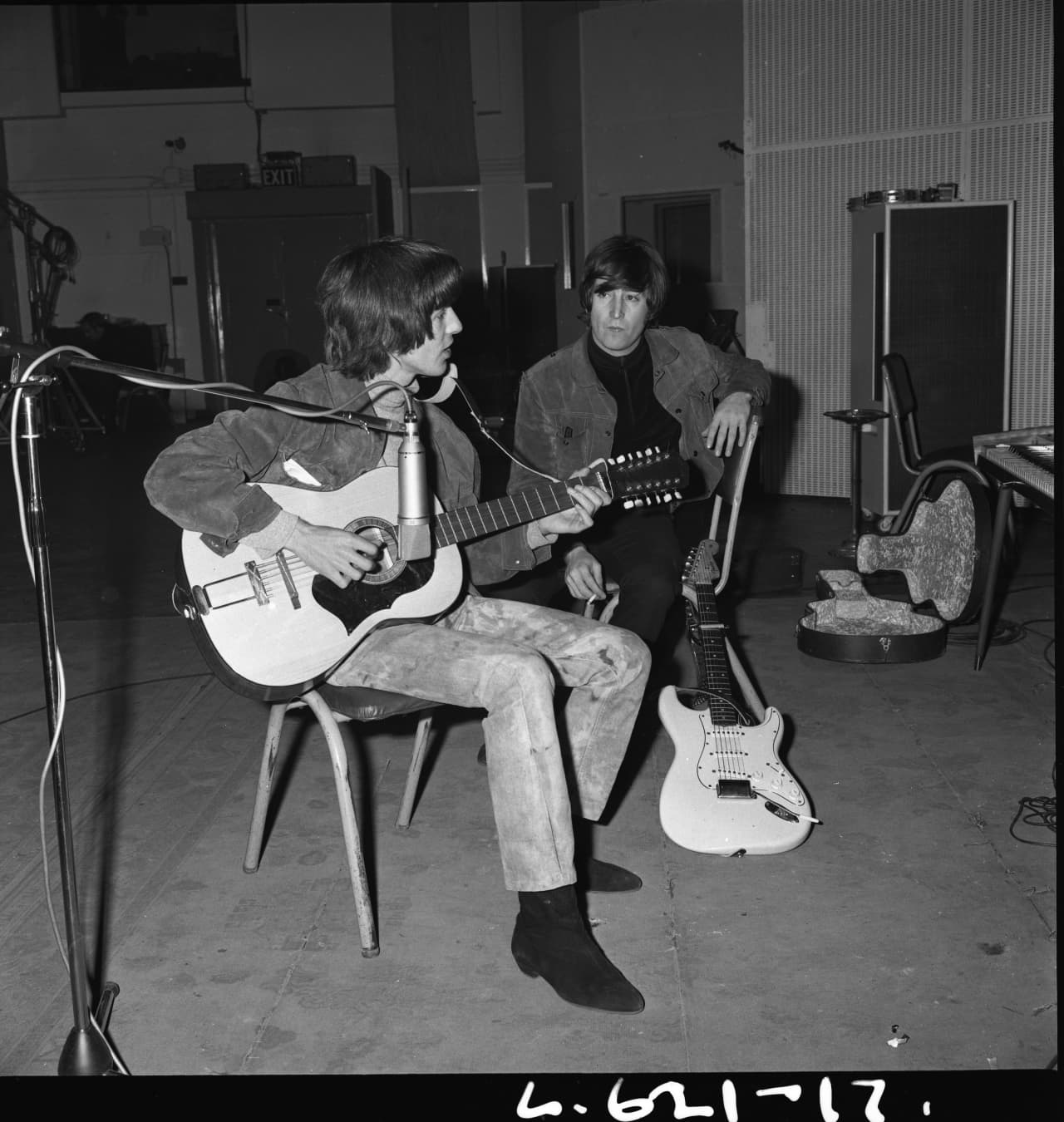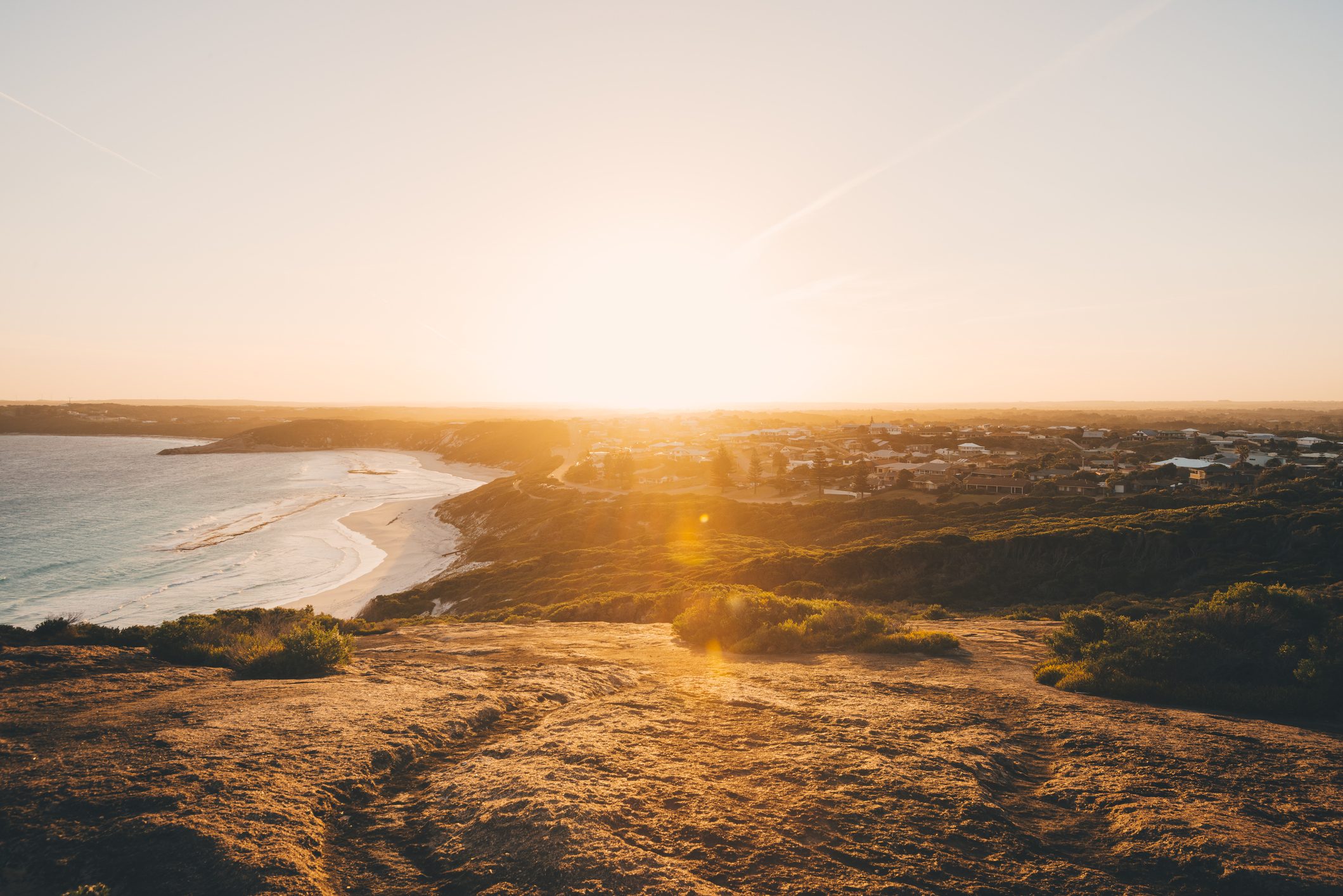Australian wages grow at fastest pace since 2009
One significant sector of workers is receiving the highest pay bumps
Wages grew at their fastest pace since 2009 at an annualised 4.2 percent in the December quarter, according to the Australian Bureau of Statistics (ABS). This is the first time that wages have grown faster than inflation since 2021. Newly implemented enterprise agreements for essential workers drove public sector wages growth to its highest quarterly rate in 15 years at 1.3 percent. Private sector wages growth came in at 0.9 percent, mainly due to annual salary reviews at companies.
Michelle Marquardt, ABS head of prices statistics, said: “In the December quarter 2023, 38 percent of public sector jobs saw a wage rise, considerably higher than the 29 percent from the same quarter in the previous year. The average hourly wage change for these jobs has lifted to 4.3 percent, higher than 2.8 percent at the same time last year and the highest recorded since September 2008.”
CBA economist Belinda Allen commented that rising unemployment was another factor contributing to higher wages growth in the public sector versus the private sector.
“This was the first time since Q1 10 that the public sector was stronger than the private sector in through-the-year growth,” Ms Allen said. “Jobs set by individual agreements are generally more tied to demand for labour. The loosening of the labour market seen in recent months is dampening wages growth pressure in individual agreements.”
The unemployment rate rose to its highest level in two years at 4.1 percent in January. It is up 0.5 percent in five months, which CBA says is a significant and somewhat concerning pace of change.
The ABS data showed that at an industry-wide level, quarterly wages growth in December was highest in education at 1.7 percent and lowest in accommodation and food at 0.3 percent. Annual wages growth was highest in health care and social assistance at 5.5 percent, which represents the greatest growth since the ABS introduced the Wage Price Index (WPI) data series in 1998. The lowest annual wages growth was in the finance and insurance services industry at 3.2 percent.
Federal Treasurer Jim Chalmers said workers were earning more under Labor, and from 1 July the amended Stage 3 tax cuts would allow them to keep more of that income.
“This is the first time since 2018 we’ve seen three consecutive quarters of real wages growth,” Dr Chalmers said. “Since the election, nominal wages have been growing at an annualised average of 4 percent, compared to 2.2 percent for our predecessors. This is a substantial turnaround in just 18 months.”
Ms Allen said CBA expects wages growth to moderate from here to 3.6 percent by year’s end.
“Near-term pressure will still occur from enterprise agreements, but a slowing economy, rising labour market spare capacity, and disinflation will gradually weigh on nominal wage increases.”
The ABS data was released on the same day as a report from economic research firm e61 Institute that found restrictions on job mobility, such as the rising use of non-compete clauses in individual contracts, have contributed to a 15-year slowdown in wages growth and productivity. According to e61, switching jobs results in an average 9 percent higher pay rise for workers, but today more than one-fifth of the workforce is restricted by non-compete and no-poach of co-workers agreements.
Such clauses are more common in knowledge industries and “many firms are deploying restraint clauses indiscriminately, potentially adversely affecting low wage workers who lack bargaining power,” said e61. The Federal Government established a Competition Taskforce Advisory Panel in August to investigate ways to increase productivity and wages growth, with non-compete clauses that stop workers from shifting to better-paying jobs one of the first issues to be considered.
This stylish family home combines a classic palette and finishes with a flexible floorplan
Just 55 minutes from Sydney, make this your creative getaway located in the majestic Hawkesbury region.
The budget is being framed ahead of a federal election expected to be held in early 2025
SYDNEY—Australian Treasurer Jim Chalmers will deliver the government’s 2024-2025 federal budget next Tuesday amid concerns that strong revenue growth will tempt him toward a jump in spending, stoking the case for higher interest rates.
Economists expect Chalmers to announce a budget surplus for 2023-2024, supported in part by high commodity prices and strength in the job market, with unemployment continuing to hover near its lowest level in half a century.
The question on the lips of the governor of the Reserve Bank of Australia, Michele Bullock , will be how much of that revenue will flow back into the economy by things like added measures aimed at easing a cost-of-living surge for consumers.
Bullock told reporters Tuesday that the RBA’s board had considered a further rise in interest rates, sending a shot across the bow of the center-left Labor government ahead of the budget.
The budget is being framed ahead of a federal election expected to be held in early 2025.
The public acknowledgment of the RBA board’s discussion of what would be a 14th interest-rate rise in two years signaled that the central bank has grown more concerned about the inflation outlook after first-quarter data came in above its own expectations.
Economists have warned that the RBA isn’t even close to a decision to cut interest rates, and the more likely outcome at the moment is that the central bank will need to tighten the policy screws further before the end of this year.
“The challenge fiscal policymakers face is that although they are flush with revenue, a cautious approach ought to be taken to additional spending because the economy is still operating at full employment, and inflation is still too high,” said Paul Bloxham, chief economist at HSBC Australia.
“Loosening fiscal policy settings at this point could mean that monetary policy would need to be tightened further yet—or that rates need to be higher for longer,” he added.
The RBA is conscious of the fact that significant income tax cuts will be delivered midyear and that they target low- and middle-income earners, who are more likely to spend added income than save it.
The government has already signalled its plans to spend in the area of subsidies for local manufacturing, including for the production of solar panels.
In addition, the budget will focus on business tax incentives, increased defence spending, funding for domestic violence support, changes to student debt policy and infrastructure.
Chalmers has played down the risk over the budget stoking the flames of inflation.
“It will be a responsible budget, a restrained budget, and it will maintain our focus on that inflation fight,” he said Thursday in a radio interview.
“There will be help for people with the cost of living, but we’ll make sure that that cost-of-living help is part of the solution and not part of the problem when it comes to inflation,” he added.
A risk that the RBA will also be alert to is the probability that the government will hold back some of its revenue gains to support added spending closer to the election.
Josh Williamson , chief economist at Citi Australia, said Chalmers will likely push new spending into the future to avoid overheating the economy now.
“The government does not want to be seen promoting policies that add to the risk of further policy tightening,” he said.
This suggests that new spending will be pushed into the government’s forward budgetary projections, while measures that directly reduce inflation could be announced virtually immediately, Williamson added.
Just 55 minutes from Sydney, make this your creative getaway located in the majestic Hawkesbury region.
This stylish family home combines a classic palette and finishes with a flexible floorplan


















